Analysis of Behavior Modification Theory in Healthcare Settings
VerifiedAdded on 2023/01/04
|7
|453
|62
Report
AI Summary
This report delves into behavior modification theory, a framework developed to alter patient behavior and improve health outcomes. It begins by outlining the theory's core principles, including positive and negative reinforcement, and its origins in the work of B.F. Skinner. The report then details the application of this theory in healthcare settings, highlighting its role in health promotion, such as through Social and Behavioral Change Communication (SBCC), and its relevance in low and middle-income countries. It further examines the two main stages of behavior modification: antecedents and observable behavior, and describes techniques used to develop, strengthen, maintain, and modify behaviors. The report concludes with a list of references that support the information provided, making it a valuable resource for understanding and applying behavior modification principles in healthcare.
1 out of 7
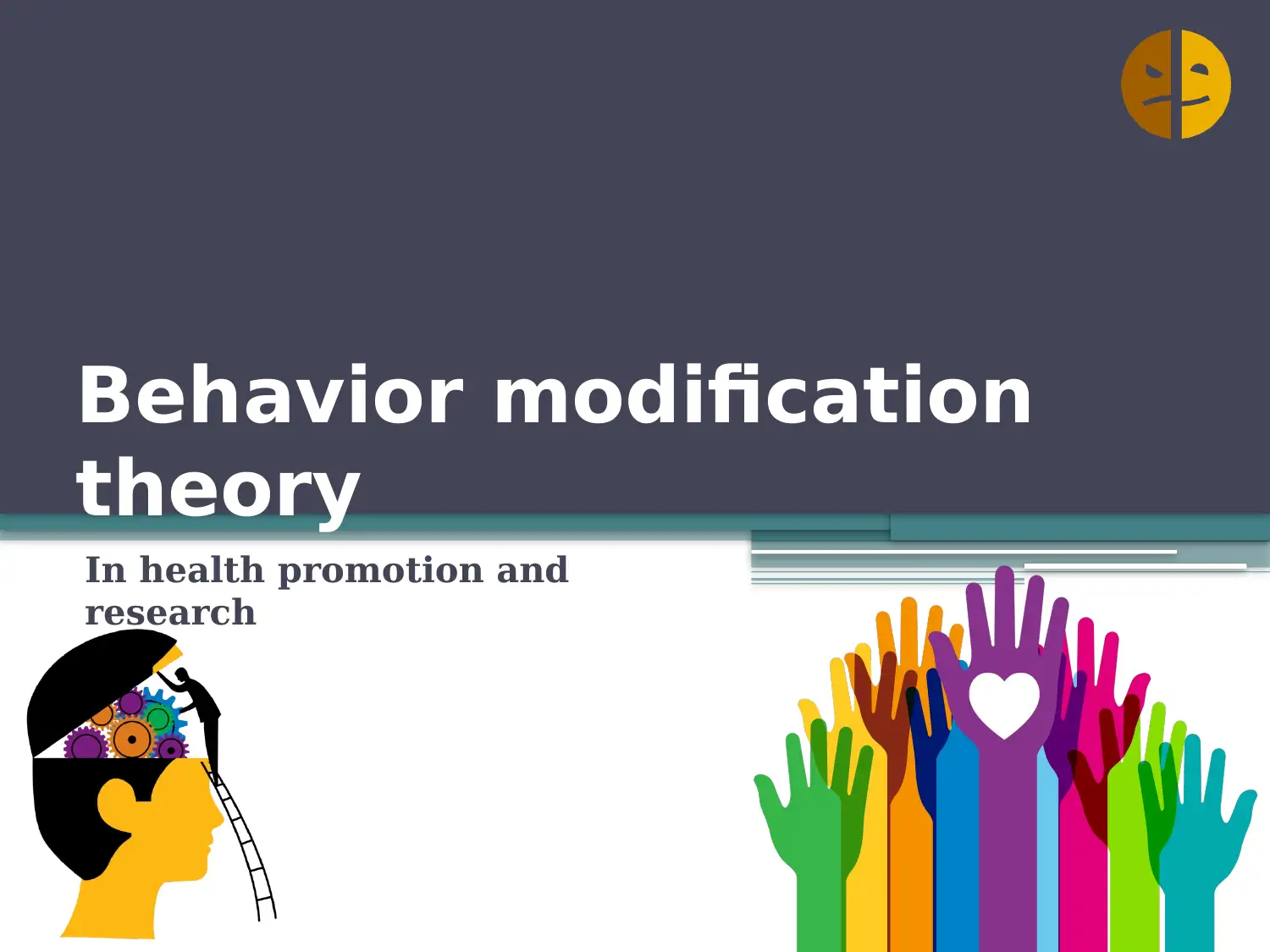
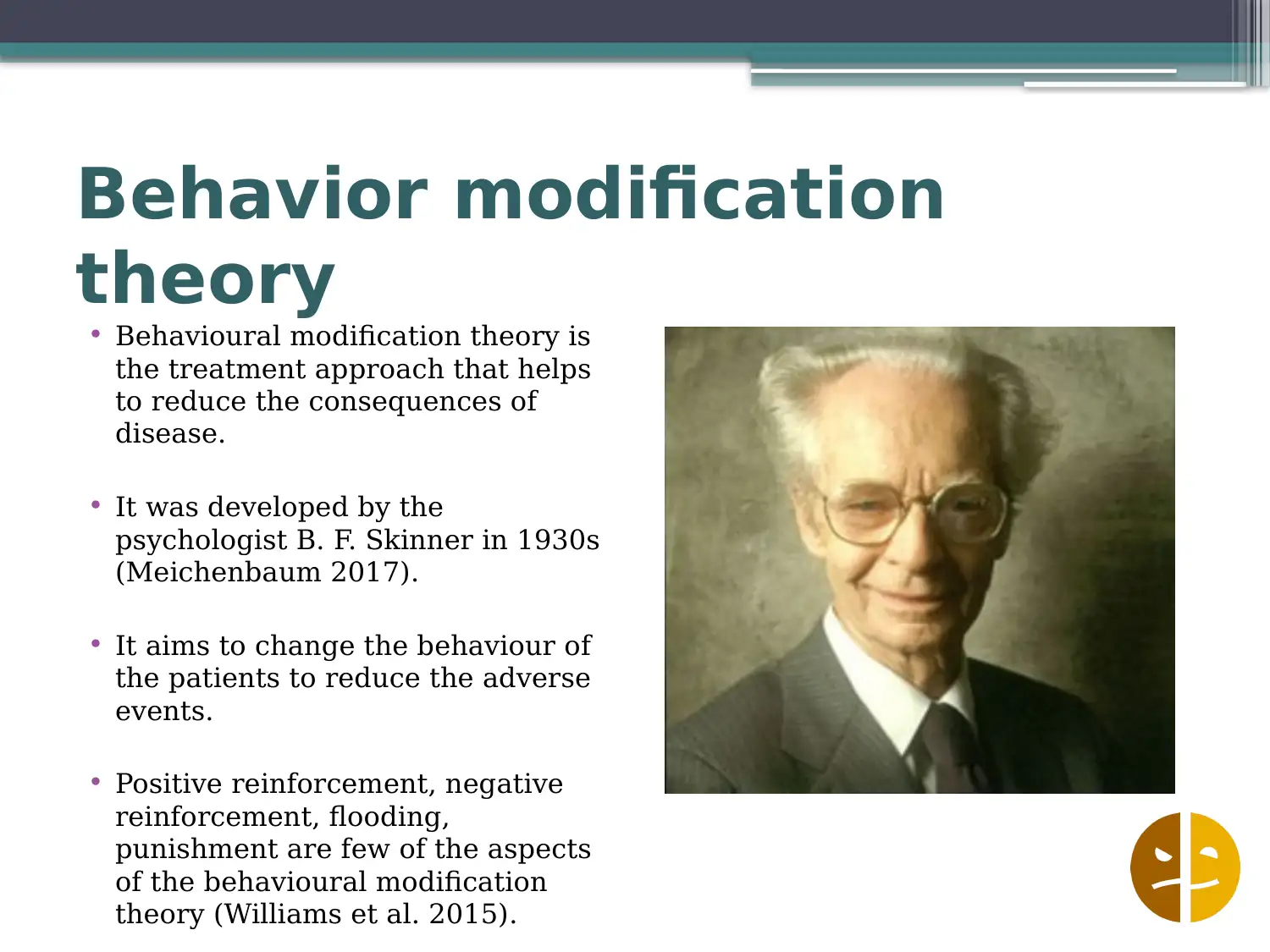
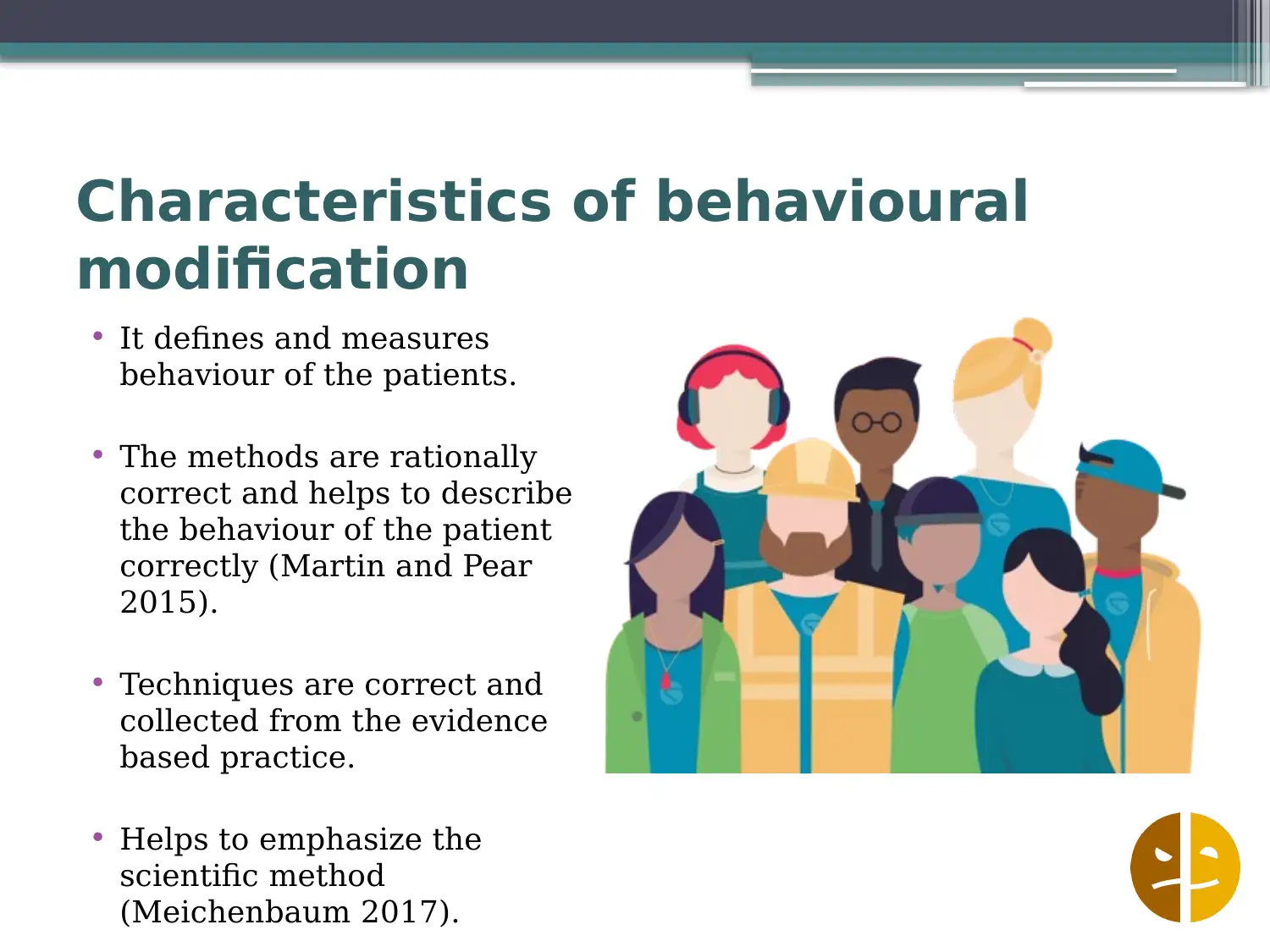

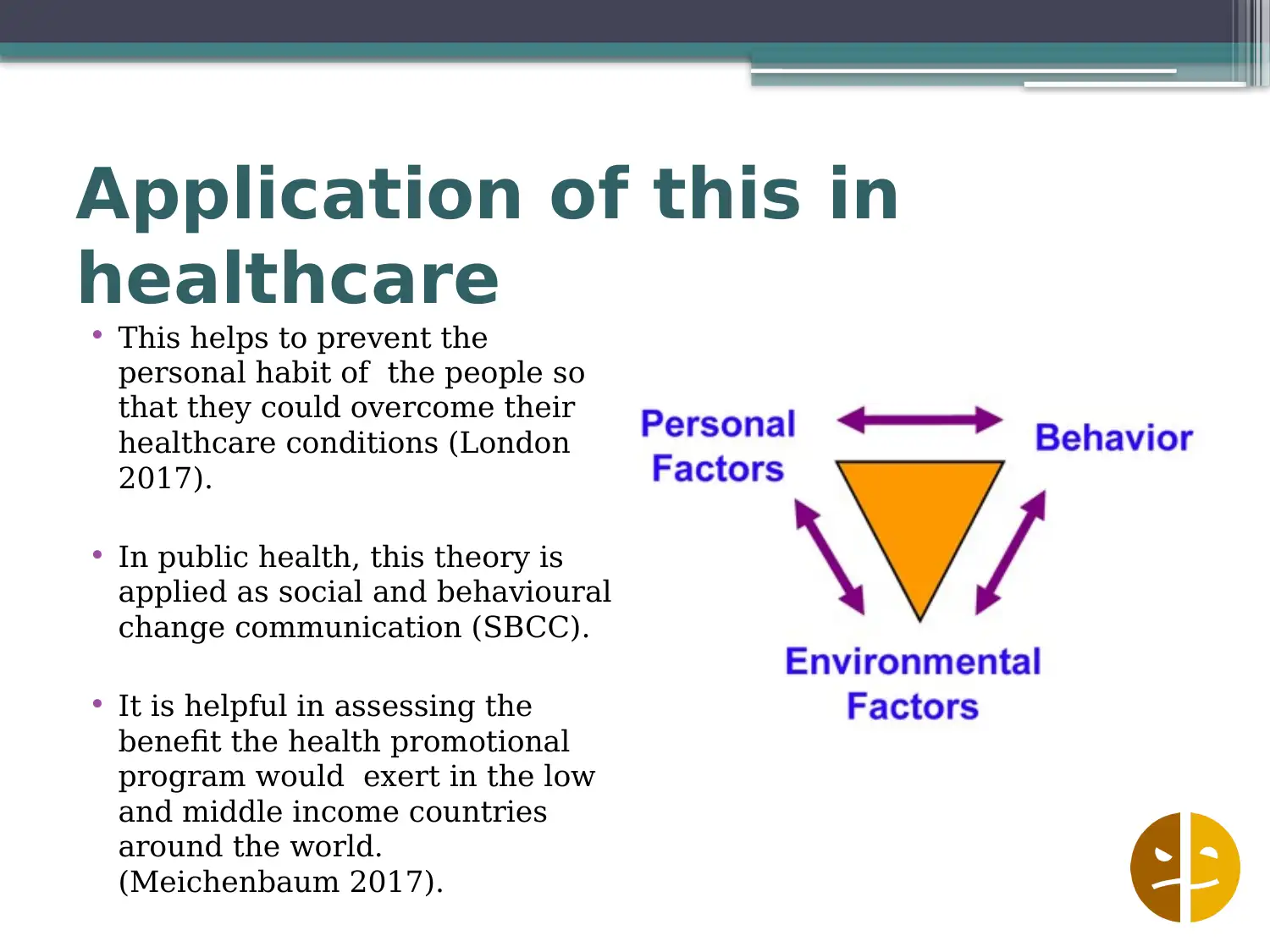
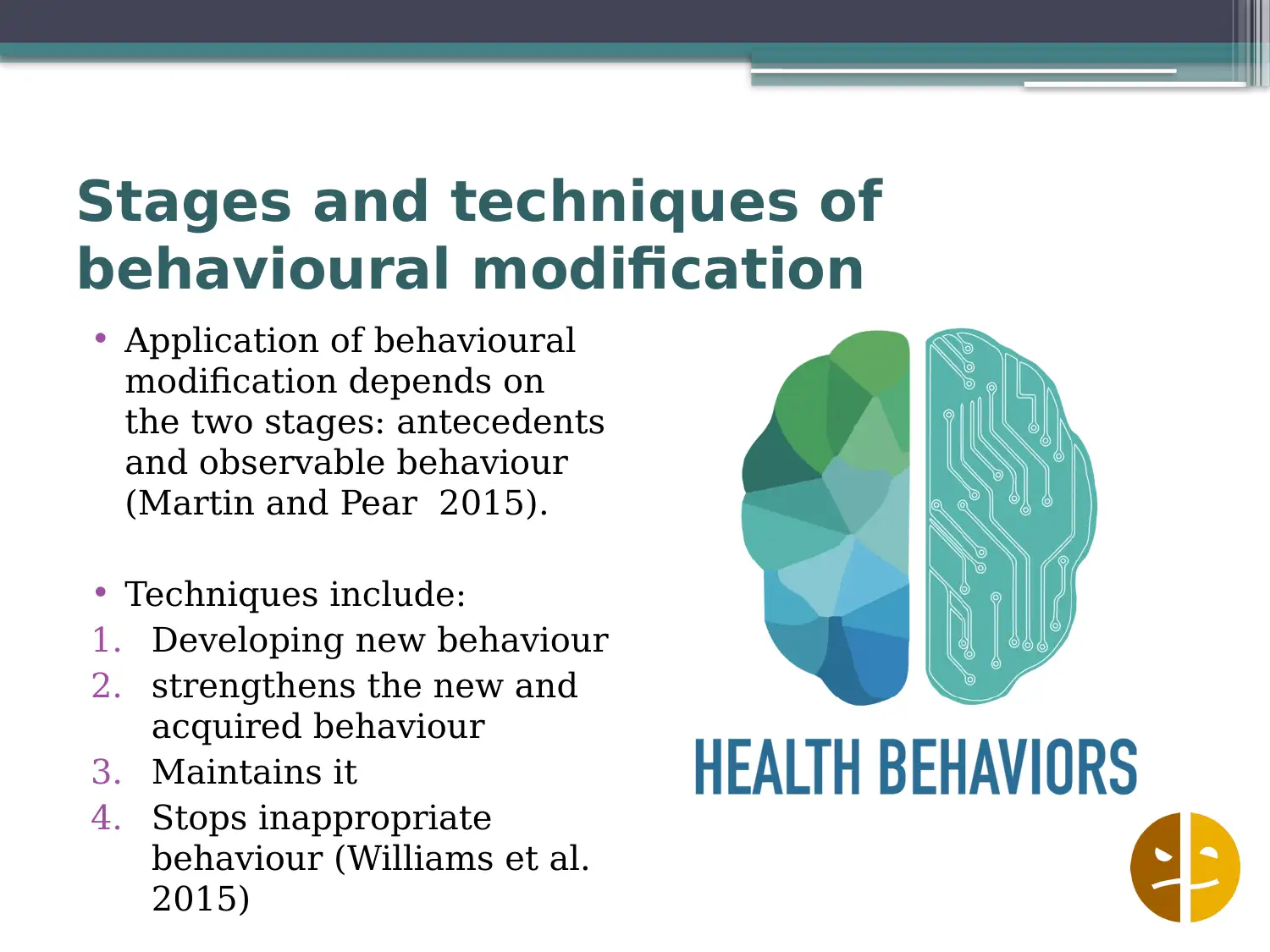
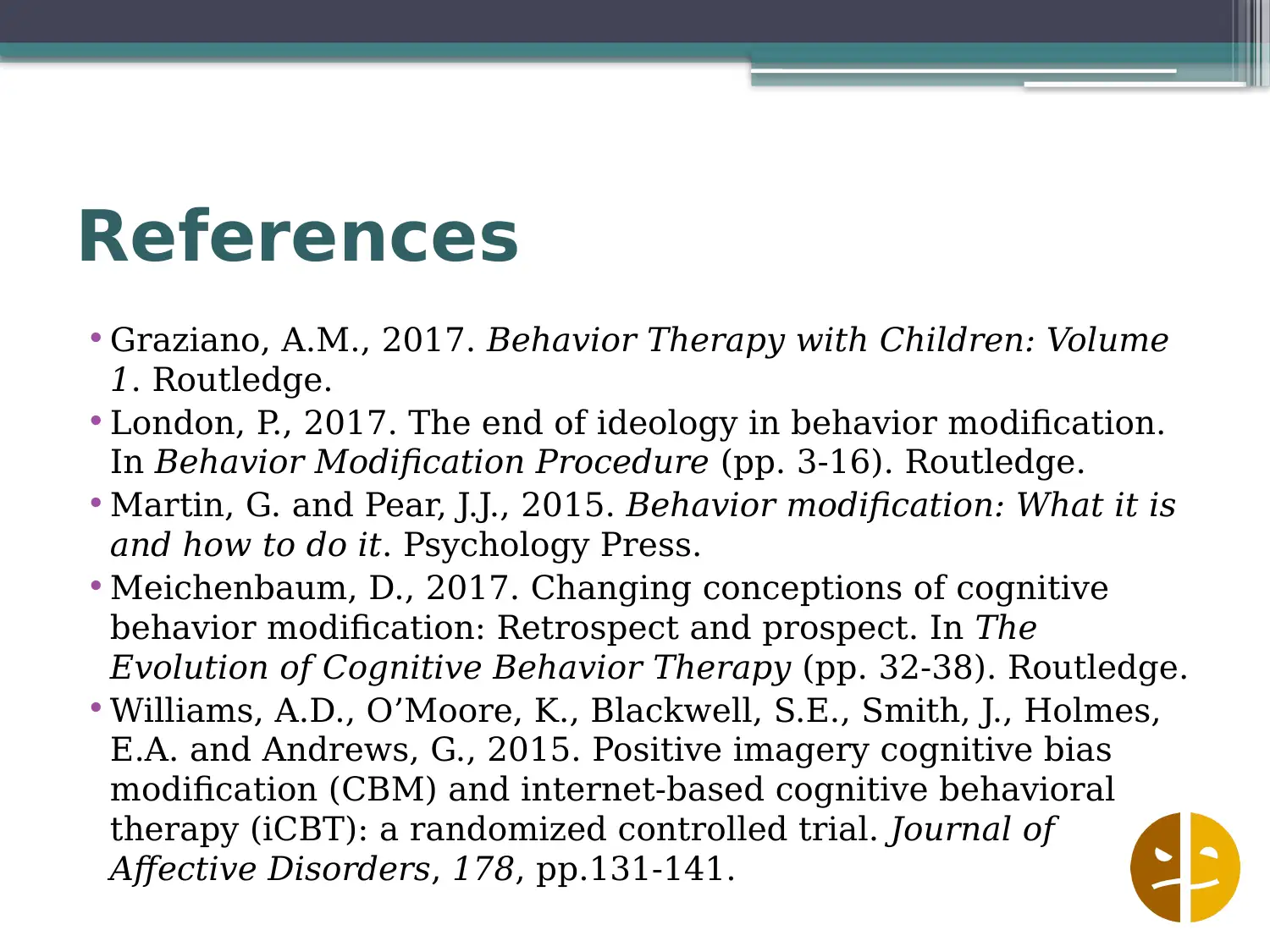






![[object Object]](/_next/static/media/star-bottom.7253800d.svg)